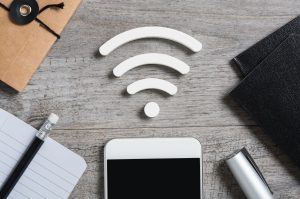
The Hidden Burnout: Biological Impact of EMFs in the Modern Workplace
Recent studies are connecting overexposure to EMFs to brain fog, stress, and a lack of ability to concentrate. According to the American Institute of Stress,
Pay in 3 interest-free payments on purchases from £30 - £2000 with PayPal
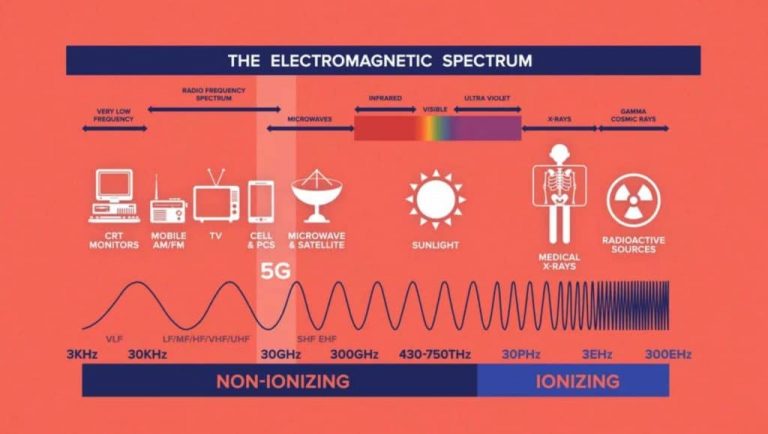
In our modern world, there are so many things around us saturating our environment with electromagnetic frequency (EMF) or what some people refer to as radiofrequency radiation (RF) from Wi-Fi, cell phones, smart meters, and so on. Since RF radiation or EMFs are invisible to our eyes the only way to measure the strength of the radiation is with an EMF meter. But it is not a simple task and there are different EMF monitors out there that you need to understand the complexities of EMF so you can accurately measure them in your home.
It is important to understand the complexities of EMFs in order to correctly choose the type of EMF you want to measure. EMF is the general term given to all electromagnetic frequencies, but not all EMFs are the same.
According to the National Institute of Environmental Health Sciences, electric and magnetic fields (EMFs) are invisible forms of energy. They are often referred to as radiation, and these can be natural or man-made.
You can find natural EMF radiation in lots of different things. The earth’s own frequency, known as Schumann resonance or the earth’s healing frequency. The sun and trees around us emit it, just as our bodies do. Examples of man-made electromagnetic fields include things like computers, phones, Wi-Fi routers, microwaves, and loads of other appliances.
There are different types of electromagnetic radiation which are classified according to their wavelength into the following classes:
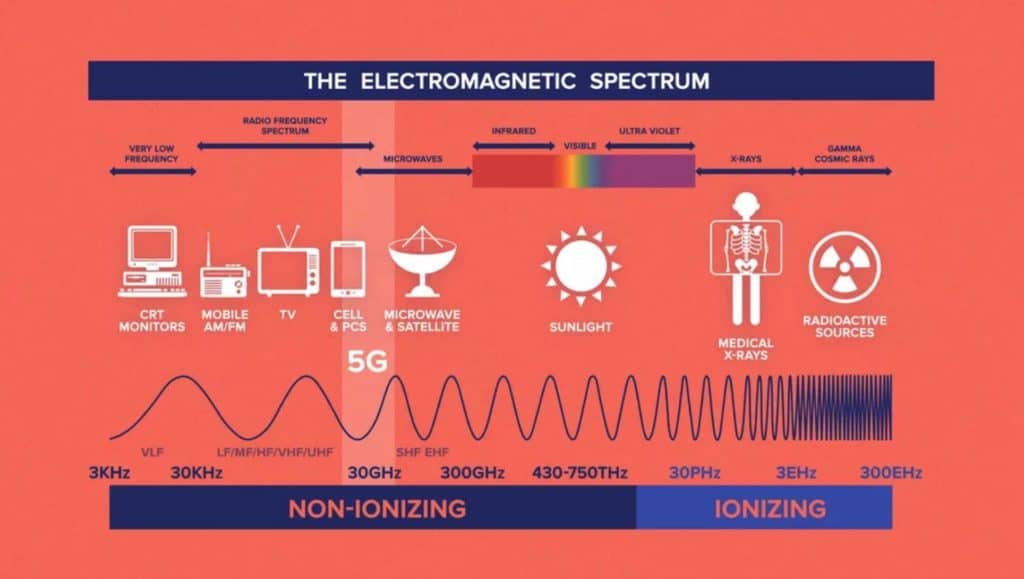
EMFs with a long wavelength reach wider surroundings through the air such as radio waves which are used to send wireless signals to TVs, radios, and mobile phones. Microwaves spread less and are used when the transmitter and receiver are nearby.
There are also two EMF categories according to their increasing frequency:
We have non-ionizing radiation or low-level radiation which is generally perceived as harmless to humans. Nevertheless, long-term exposure effects are yet to be determined as there is not enough research into understanding whether EMFs are safe.
There is also ionizing radiation or high-level radiation that has the potential for cellular and DNA damage.
You can measure high-frequency EMF radiation in many different ways. You can measure them in a unit called volts per meter V/m. The other way of reading EMF levels is in microwatts per square meter μW/m2. The International Commission on Non-Ionizing Radiation Protection (ICNIRP) is in charge of keeping international guidelines for EMF exposure based on the findings of many years of scientific research.
As you can see, there are many different elements to EMF that need to be measured, but by far the most important is high frequency. These days with the advent of 5G we want to be sure we got the right monitor that can measure all the aspects. Therefore you need a monitor that can measure 2G, 3G, 4G, 5G, Wi-Fi routers, cell towers, mobile phone masts, baby monitors, and so on. The list is endless.
The problem with many EMF meters that are currently in the market is that most cannot measure EMFs of very high frequencies. Whatsmore their accuracy is generally low, so their efficacy is limited.
How do you get the right EMF meter? That’s what we want to look at here. And it isn’t actually that massively technical. You just need to make sure all the frequencies that your EMF meter covers all the frequency levels you need to monitor. First of all, if you want super high pinpoint accuracy to build the next mobile phone network, you’ll need a 60,000£ spectrum analyzer.
If you just want to keep your family safe, you need to spend somewhere between £250 and £500 on an EMF meter. Anything above that would be excessive for domestic use. But below that, you’re probably not going to get the accuracy and cover all the frequencies you need to measure.
If you have read up here, it is because you probably want to understand EMFs and the implications of 5G. There is much conjecture about quite how dangerous to health this will be. And of course, it’s a new technology rolled out with any consideration to health. So we won’t probably know that for maybe 10 years.
In the meantime, while we wait for this huge health experiment to roll out, the only thing we can really do is to measure and find out if we’ve got any 5g, 4g, 3g, or any type of EMF radiation we’ve mentioned. Then if we have any EMFs in our homes, schools, or offices, we can move on to the shielding. But for now, we’re just looking at finding out, making sure you’ve got the right high-frequency EMF monitor. It really isn’t rocket science. You just need to cover the frequencies of the technology that you want to make sure isn’t in your home, school or office environment.
Now up until the advent of 5G, there are lots of EMF monitors to choose from because you only had to cover from 200 MHz to about 8 GHz. Without getting too technical, now that 5G has arrived, we need to cover up to at least 40GHz. And in the not too distant future 70 GHz. Since current EMF monitors only measure up to 8 GHz, it gets tricky when it comes to choosing an EMF monitor to measure 5G. The good news is that EMF Protection has this one monitor to cover all of those frequencies.
What you need to fully understand before you purchase a radiation detector, is that we believe the FM5 EMF Monitor will measure all aspects of 5G. There are many monitors on the market claiming to measure 5G, the problem is they only cover up to 8 gigahertz.
The initial 5G rollout -or what those of us in the industry are referring to as 4.5 G-, is a frequency in the 3 to 4 gigahertz bandwidth section. That’s probably what most 5G will be at. But what’s being rolled out at this moment, is the millimetre wave in the 20 to 40 gigahertz range. Specifically around the mid-twenties actually. Our FM5 monitor will measure that now but will also have the capability to measure up to 70GHz.
Because 70 gigahertz is on the way, you really need a monitor today that has the potential to measure up to that. And the only monitor on the market at the moment that does that comes from EMF protection. It is the FM5 EMF Monitor. For more information, please subscribe to our newsletter and we’ll keep you posted.

Recent studies are connecting overexposure to EMFs to brain fog, stress, and a lack of ability to concentrate. According to the American Institute of Stress,
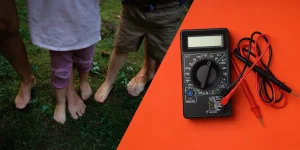
“We need to test the electromagnetic exposure of the sleeping location of the mother during pregnancy and also her working area, if she is working.

36% of people in the UK struggle to fall asleep every week, but do you know why? Are you someone who checks your messages in
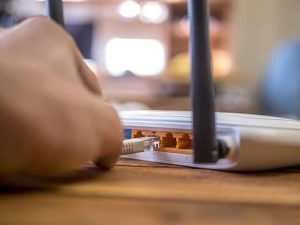
The rise of the internet and smart home devices is leading to an increase in WiFi radiation. How can this radiation affect your family? Here’s an explanation.